How Long Do Hummingbirds Live? (Average Lifespan Data & Facts)
Last Updated on
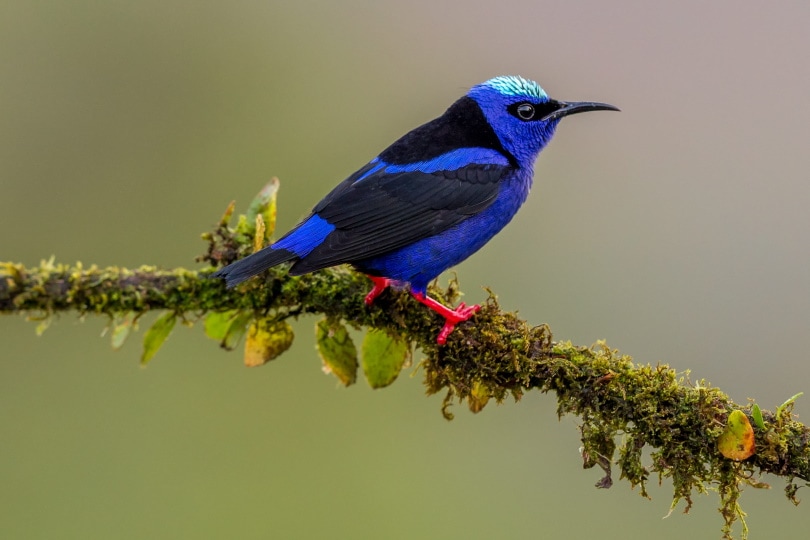
Few animals have a wider range of lifespans than birds. According to the American Bird Conservancy, birds have lifespans that range from 4 to 100 years, depending on the species.
Some birds, like parrots, have a reputation for living very long lives. What about tiny hummingbirds? Do they have a short or long lifespan?
Let’s take a closer look at hummingbird life expectancy.

What’s the Average Lifespan of a Hummingbird?
The average lifespan of a hummingbird is around 6 years. In the wild, it can be difficult for a hummingbird to survive its first full year of life. But if it does, the likelihood of it living up to 6 years (or longer) increases.
Biologists can track the age of hummingbirds that have been banded, and many long-lived hummingbirds have been found. Several banded individual ruby-throated hummingbirds, for example, were over 9 years of age.
What factors contribute to a hummingbird’s overall life expectancy? Life in the wild can be difficult for hummingbirds, like many other animals.
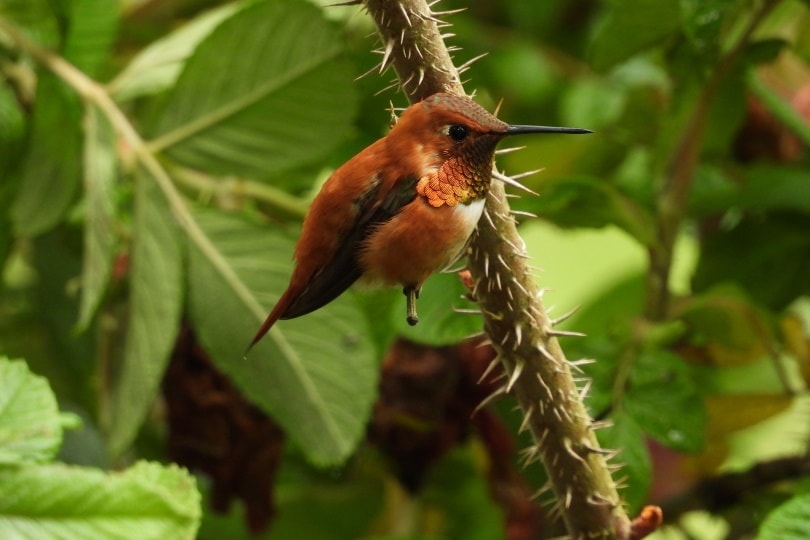
Why Do Some Hummingbirds Live Longer Than Others?
Here are some of the things that can affect hummingbird lifespan.
1. Nutrition
Hummingbirds have very specific nutritional requirements. The hummingbird has a long thin beak and tongue to sip nectar from inside flowers. Besides nectar, a hummingbird’s diet can also include small insects like fruit flies, which they can catch in mid-air.
Hummingbirds have a unique fast metabolism. They need to consume a large amount of nectar to fuel their flight, as their wings can beat up to 80 times per second. Their hearts can beat over 1,000 times per minute.
They need to spend a lot of time eating and can consume about half their body weight in nectar each day. Hummingbirds depend on a constant supply of nectar to survive, which means they always need to find flowers.
This is why many hummingbird species migrate each year, to follow the blooming seasons of flowers so they never run out of food.
A reliable source of food is key to any animal’s survival. Hummingbirds depend on flowers for nutrition, so if there are not enough plants blooming in their usual habitats due to causes like climate change or human settlement, they may be at risk.
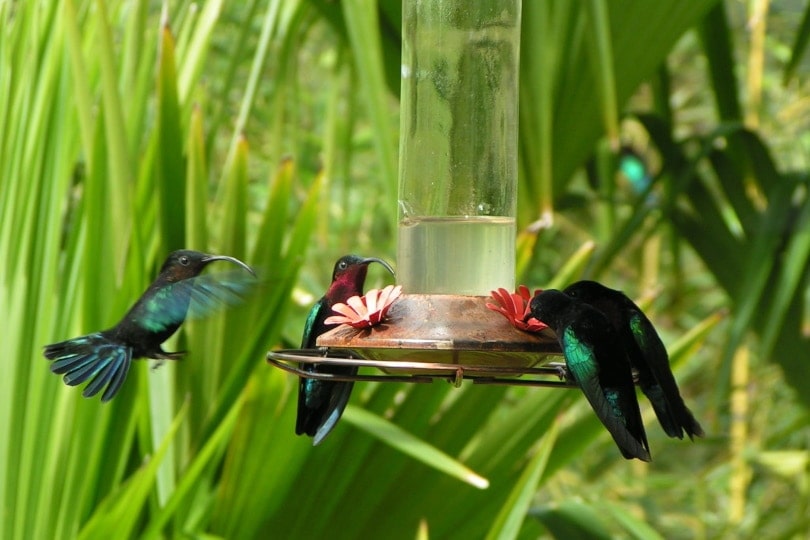
2. Environment and Conditions
Hummingbirds need nectar, so they must live in areas where there are enough flowers for them to feed on, in all 4 seasons.
Where do hummingbirds live?
Hummingbirds live in the western hemisphere, from the southern tip of South America to as far north as Alaska. Most hummingbird species live in warm, tropical regions. The ones that spend time in colder climates are migratory.
Are hummingbirds endangered because of things like climate change and human development? Several species of hummingbirds are listed as endangered, critically endangered, or vulnerable.
Habitat destruction can be a threat to hummingbirds, but the greater threat is climate change.
Warming temperatures can mean fewer flowers, combined with blooming times that arrive earlier than migratory hummingbirds. Fewer flowers mean less food for hummingbirds.
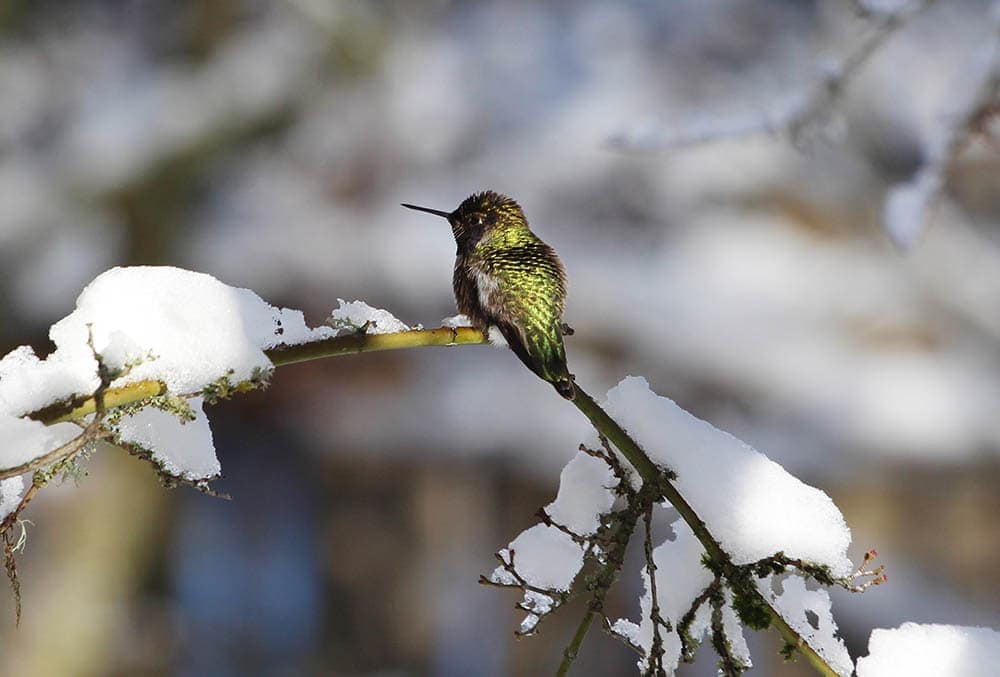
3. Sex
Male and female hummingbirds are thought to have similar lifespans, but certain male behaviors can put them at risk for shorter lifespans.
Males are territorial, and many will aggressively defend their territories against other males.
Usually, the aggression is just chasing, but males have been known to fight and attack each other with their beaks. Injuries and expended energy from defending their territories can lead to a shortened lifespan for some males.
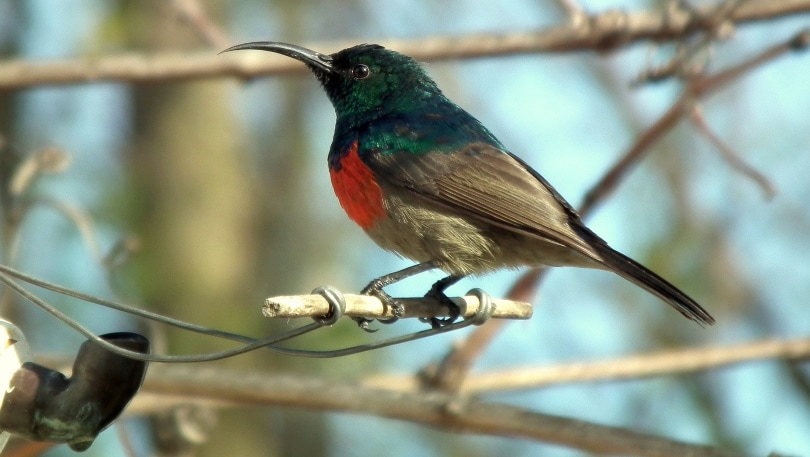
4. Species
As we mentioned, biologists can track the lifespans of individual hummingbirds in the wild if they have been banded.
While some hummingbirds do not survive their first year of life and others live to the average lifespan of around 6 years, some individuals from different species were found to have very long lifespans.
Longevity records show that individuals (often females) of some species can live to over 10 years of age. Individual broad-tailed, black-chinned, and buff-bellied hummingbirds have been recorded as being between 11–12 years old.

5. Size
You might think that a hummingbird’s tiny size correlates to a short lifespan, but hummingbirds can live much longer lives than other very small animals. Mice have lifespans in the 1–2-year range, significantly shorter than hummingbirds.
Most birds tend to live longer than mammals that are equal to them in size. Birds have faster metabolisms than mammals of similar size. This can normally lead to a shorter lifespan, but birds have developed mechanisms that slow down the aging process.
- See also: Where Do Hummingbirds Sleep At Night?
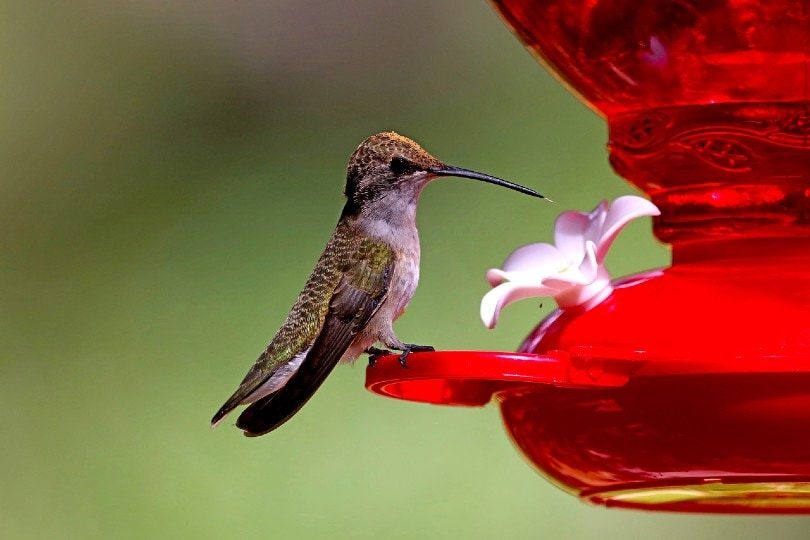

The 5 Life Stages of a Hummingbird
How does the hummingbird lifespan progress?
- Embryonic Stage: Did you know that hummingbirds always lay 2 eggs? The nest and eggs are tiny, and the eggs are incubated between 14–16 days before they hatch.
- Nestlings: Baby hummingbirds will remain in the nest for between 23–26 days. Like other birds, they are born in an undeveloped state and require care from the mother (male hummingbirds do not participate in care).
- Fledglings: Female hummingbirds provide food for their offspring in the nest and after they leave the nest. Fledglings are fed for around 18–25 days after they leave the nest and learn how to find food themselves.
- Adult: Adult male hummingbirds are smaller than females, but they have more colorful feathers when they are fully mature. Mature females and immature birds of both sexes have what’s known as “cryptic coloration” to make them less noticeable to predators. Hummingbirds can begin mating and breeding after they are 1 year of age. Depending on the species, a female hummingbird can raise as many as 3 broods of chicks per year.
- Senior: As we’ve seen, hummingbirds can live very long lives, but of course, all animals will reach the end of their natural lifespan at some point. Senior hummingbirds can die of diseases and old age just like any animal. Did you know that if you find a dead hummingbird that is banded you can report it to the North American Bird Banding Program and contribute to hummingbird research?
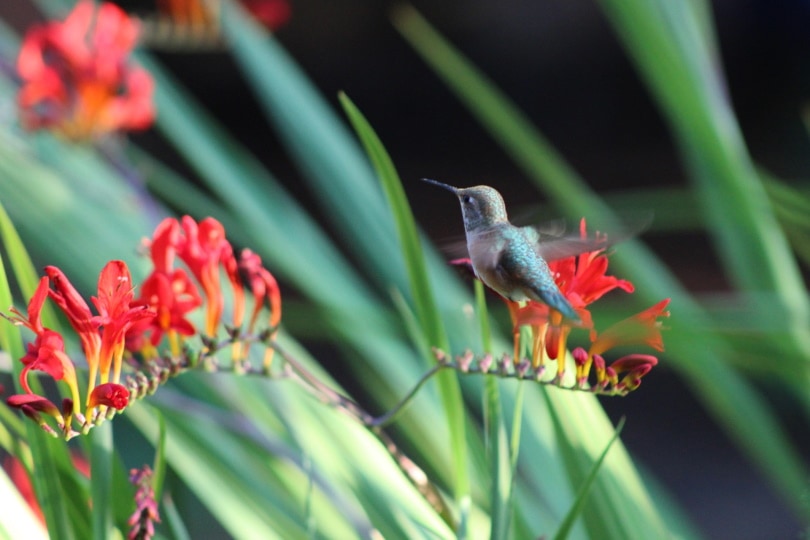
How To Tell a Hummingbird’s Age
While it’s easy to tell young adults from mature adults based on body size and feather development and coloring, determining the age of an older hummingbird can be difficult.
Some older hummingbirds will have smoother bills than younger ones. Experts think that beaks smooth out with increased blood flow and wear over time.
The inside of an older hummingbird’s mouth can be paler than in younger birds. The inside of the mouth (called the gape) is brightly colored in young birds to attract mom at feeding time.

In Conclusion
Hummingbirds are beautiful and interesting creatures. If you’re lucky enough to live in a part of the world populated by hummingbirds, you know how charming they can be.
What you may not have known is that hummingbirds have surprisingly long lifespans for their tiny size and fast metabolism.
While not all hummingbirds may make it past their first year due to predators and other dangers, those that do can live well into their 6th year or even much longer—over 10 years in some special cases!
To read about Hummingbirds check out these other helpful posts:
- 10 Best Flowers for Attracting Hummingbirds (with Pictures)
- Do Hummingbirds Mate for Life? What You Need to Know!
- What Do Hummingbirds Eat? What You Need To Know!
Featured Image Credit: Piqsels
About the Author Robert Sparks
Robert’s obsession with all things optical started early in life, when his optician father would bring home prototypes for Robert to play with. Nowadays, Robert is dedicated to helping others find the right optics for their needs. His hobbies include astronomy, astrophysics, and model building. Originally from Newark, NJ, he resides in Santa Fe, New Mexico, where the nighttime skies are filled with glittering stars.
Related Articles:
How to Clean a Refractor Telescope: Step-by-Step Guide
How to Clean a Telescope Eyepiece: Step-by-Step Guide
How to Clean a Rifle Scope: 8 Expert Tips
Monocular vs Telescope: Differences Explained (With Pictures)
What Is a Monocular Used For? 8 Common Functions
How to Clean a Telescope Mirror: 8 Expert Tips
Brightfield vs Phase Contrast Microscopy: The Differences Explained
SkyCamHD Drone Review: Pros, Cons, FAQ, & Verdict
